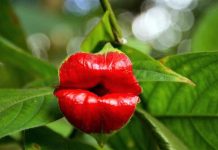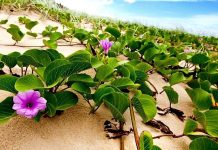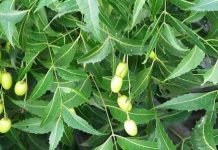Family: Lamiaceae
Synonym: Ajuga disticha (L.) Roxb.
Bengali/Vernacular name: Gobura.
Tribal name: Dharboaring-shing (Chakma), Lan da jang (Marma), Shipri gach (Tripura).
English name: Indian catmint, Malabar catmint.
Description of the Plant: A camphor-scented annual herb, erect about 1-2 m in height, with a 4-angled, pubescent stem. Leaves thin, ovate, 3-12 cm, long-stalked, and pointed at the tip, with round-toothed margins. Flowers numerous, crowded, and almost stalk less and occur in spike-like racemes 5-25 cm long and 2-3 cm in diameter. The sepal cup is about 6 mm long, hairy, and pointed-toothed, and the tube, long and bell-shaped. Flowers purplish, 1-1.2 cm long, upper lip oblong-ovate, lower lip has two middle lobes.
Plant parts Used: Leaf, stem.
Traditional
Uses: An infusion is useful in affections of the stomach and bowels.
Decoction of dried or fresh material used as a wash for external afflictions,
eczema, and pruritus skin problems.
Juice extracted from leaves of the plant is administrated to children for
colic, dyspepsia, and fever caused by teething.
Inhaling the vapor of the hot infusion induces copious perspiration.
The essential oil distilled from the leaves is applied externally as an
embrocation in rheumatic arthritis.
Leaf extract is used for urinary complaints treatment.
The plant is used traditionally for the treatment of rheumatism, cold,
abdominal pain, skin sores, and snake bites.
Decoction prepared from the leaves of the plant is advised to take for remedy
of stomachache.
Distribution: It is common in most of the districts.
Is this plant misidentified? If yes, please tell us….
















… [Trackback]
[…] Find More on on that Topic: natureinfo.com.bd/anisomeles-indica-l-kuntze/ […]